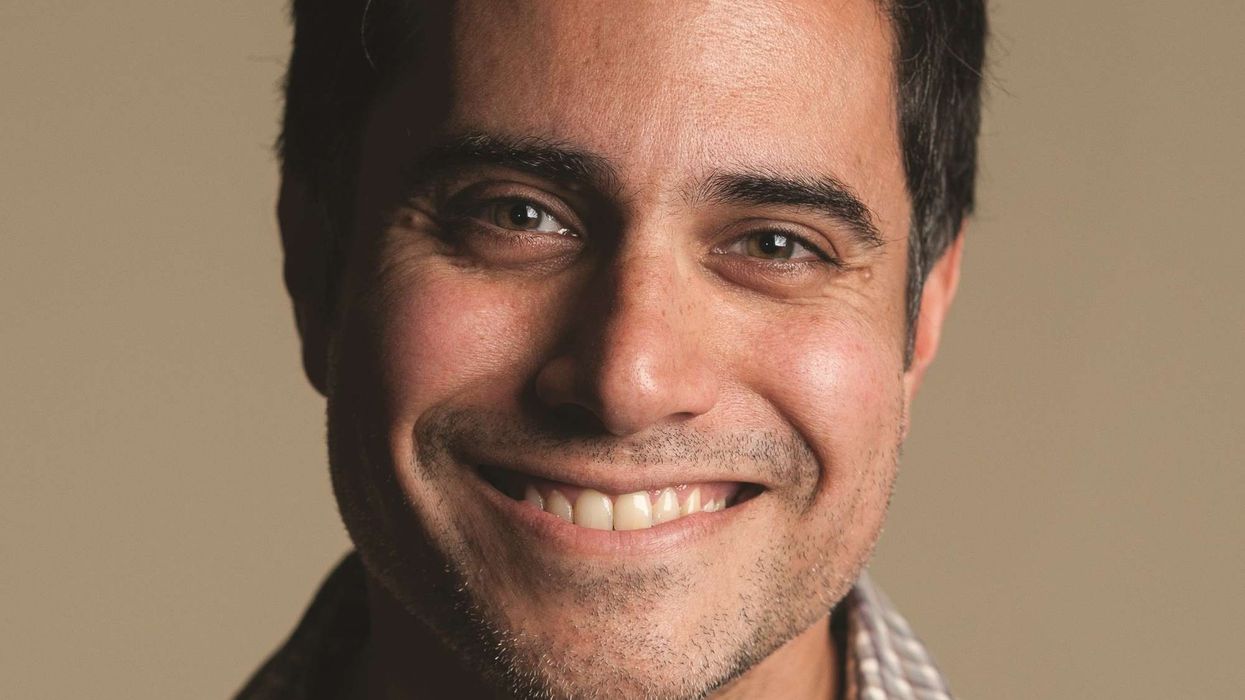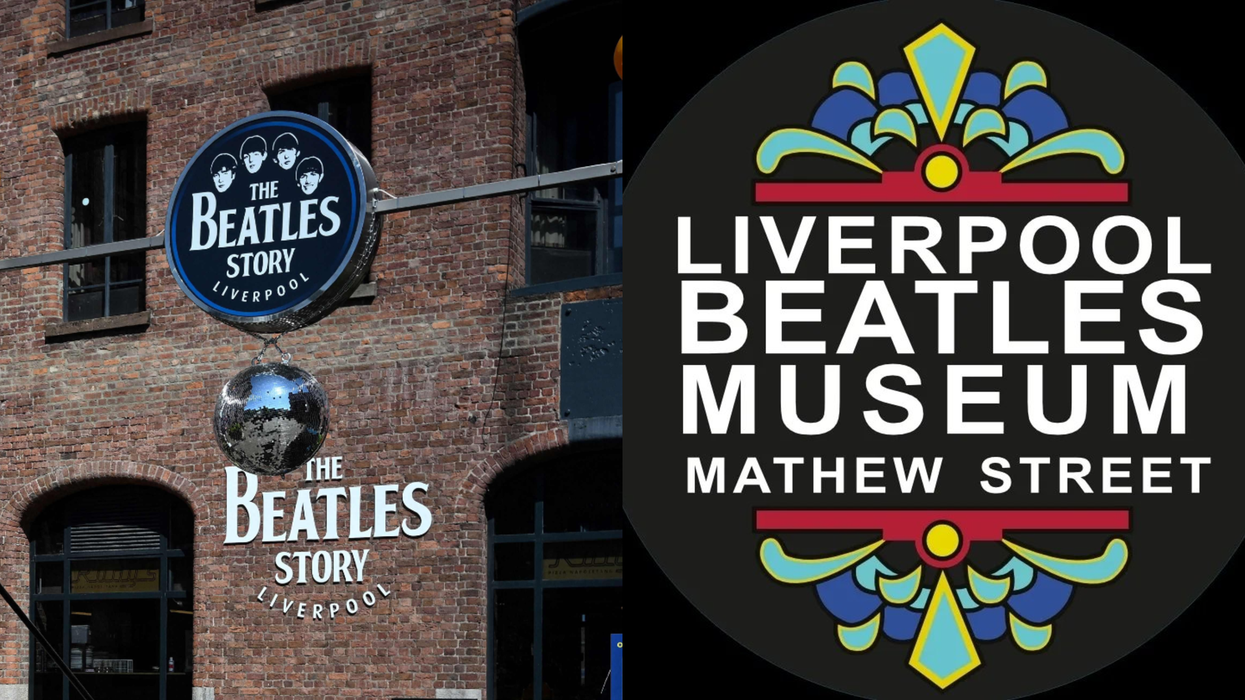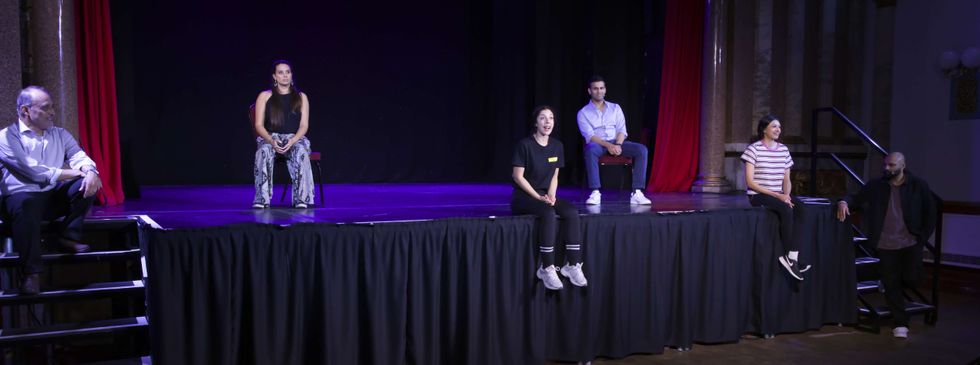For decades, Hollywood clung to the idea that only male-led blockbusters could guarantee success. But that myth is rapidly crumbling. From Barbie and Wonder Woman to Gangubai Kathiawadi and Hi, Mom, female-led films are not just smashing box office records but also becoming cinematic game-changers. Audiences worldwide are embracing powerful female protagonists, proving over and over again that women aren’t just side characters in cinema’s biggest spectacles: they’re the main event.
She-roes of the box office
One of the biggest and visible examples of this shift came in 2023 with Barbie, directed by Greta Gerwig and starring Margot Robbie. The film became a cultural phenomenon, grossing over $1.4 billion worldwide, making it the highest-grossing film of the year. Beyond its box office dominance, Barbie challenged stereotypes, delivering a witty yet poignant critique of gender roles while celebrating female empowerment.
Superhero films, again a traditionally male-dominated genre, have also seen a slow yet massive transformation. Wonder Woman, starring Gal Gadot and directed by Patty Jenkins, was a massive hit, earning $822 million globally. It proved that a female-led superhero film could be both critically acclaimed and commercially successful, paving the way for movies like Captain Marvel, which grossed $1.1 billion, and Black Widow, starring Scarlett Johansson, which dominated streaming and theatrical revenues.
Bollywood's leading ladies turned box office powerhouses
The change isn’t just happening in Hollywood. Bollywood and Mollywood industries have seen a surge in successful female-led films. Sanjay Leela Bhansali’s Gangubai Kathiawadi , starring Alia Bhatt, was a game-changer. Based on a real-life story, the film showcased a woman’s rise to power in a male-dominated world and earned ₹209 crore ($25 million) globally again proving that audiences are eager for narratives centred on strong female protagonists.
Similarly, Darlings, a dark comedy starring Alia Bhatt and Shefali Shah, tackled the sensitive issue of domestic violence while performing well on Netflix. The film was praised for its unique and contemporary storytelling and strong female performances. Other Bollywood successes include Vidya Balan’s Kahaani, Taapsee Pannu’s Thappad, and Kangana Ranaut’s Queen, all proving that female-led narratives did resonate with audiences.
Box Office triumphs of women in malayalam cinema
The Malayalam film industry, known for its realistic storytelling, has also embraced strong female leads in recent years. Films like The Great Indian Kitchen challenged deep-rooted patriarchal norms through its raw portrayal of domestic expectations placed on women. The movie, starring Nimisha Sajayan, received international acclaim for its bold narrative.
Uyare, starring Parvathy Thiruvothu, brought to light the inspiring story of an acid attack survivor who fought against all odds to reclaim her dreams. Similarly, 22 Female Kottayam became a landmark film, showcasing a woman’s journey of revenge against those who wronged her. Additionally, the recent releases like Ullozhuku and Attam, which even bagged the national award continue this trend by bringing out complex female characters and their emotional journeys. These films are not just critically successful but also commercially viable, proving that audiences in Kerala and across the globe, thanks to OTT platforms, are open to powerful, female-driven narratives.
Global blockbusters: Women leading the way
Beyond Hollywood and Bollywood, several international films have demonstrated the power of female leads. In China, Hi, Mom, directed by and starring Jia Ling, became one of the highest-grossing films of all time, earning over $850 million. The film, which blends comedy with deep emotional storytelling, resonated with audiences worldwide.
In South Korea, Kim Ji-young, Born 1982 became a landmark feminist film, sparking discussions about gender inequality in Korean society. Starring Jung Yu-mi, the movie adapted a bestselling novel and became a major box office success, earning over $36 million.
French cinema has also seen powerful female-led films gaining international acclaim, such as Portrait of a Lady on Fire, directed by Céline Sciamma. Though not a blockbuster in terms of earnings, its impact on global audiences and critics was immense, proving that female-centric storytelling can be deeply influential.
But why are female-led films thriving all of a sudden?
- Audience Demand: Viewers today want diverse and inclusive storytelling. Female audiences, long underserved in blockbuster cinema, are now a driving force at the box office.
- Streaming Boom: Platforms like Netflix, Prime Video, and Disney+ have provided opportunities for unconventional female-led stories that might not have been greenlit in traditional cinema.
- Industry Support: More women are taking leadership roles in filmmaking. Directors like Greta Gerwig, Chloé Zhao, Payal Kapadia and Patty Jenkins among many others are reshaping the industry with their unique and fresh perspectives.
- Cultural Conversations: The #MeToo movement increased awareness of gender representation in media and pushed the industry to embrace strong female narratives.
The success of these films is not just a trend—it’s a shift in the industry. Projects like Deadpool & Wolverine, Moana 2, Jee Le Zaraa and many more show that female-driven stories are here to stay.







 The play is written by Tarun Jasani and directed by Mukul AhmedMGT
The play is written by Tarun Jasani and directed by Mukul AhmedMGT





